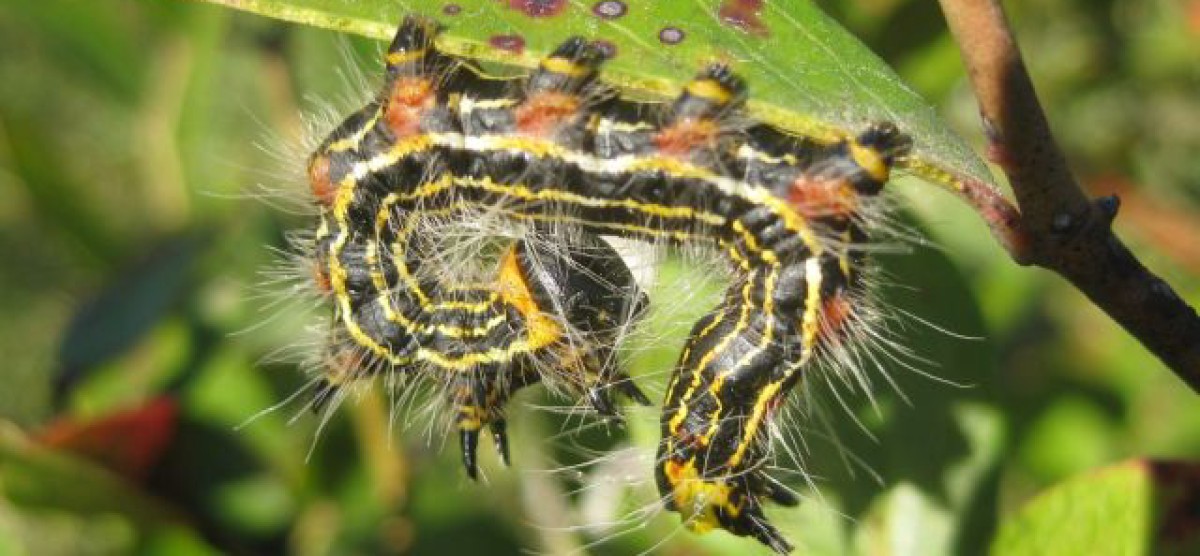“task” and “pleasure” seem opposed but not when it comes to fruit trees. I enjoy planting fruit tree saplings. Fruit trees are a long term investment and some of the best advice I received was to plant the trees first and then focus on the vegetables and berries. While in Portland last September I visited the Powell bookstore, which is a landmark. In the growing section I found the Lee Reich book “Uncommon Fruits for Every Garden” marked down to $9. I snapped it up, read it and then joined the Atlanta Fruits internet group where a member mentioned “Hidden Springs Nursery”. After coursing their website and cross referencing to Reich’s book, I ordered 11 fruit trees in mid-September. Yesterday, 11/28, the shipment arrived and today I planted out the saplings. The reason for the delay, they explained, was to ensure the fruit tree saplings had entered dormancy, which makes sense. The small fruit trees were carefully packed and arrived in good condition.
The fruit trees I ordered are somewhat unusual – pawpaw, medlar, juneberry, aronia, goumi, kiwi and sour cherry. The two pawpaw (Mango and Overleese) and the sour cherry I planted on a new terrace which I dug out of the hillside a few months ago. The sour cherry is located close to a sour cherry gifted by my neighbor and I hope the two will cheer each other along. The pawpaw in their early years are sensitive to summer sun and in spring I will build a sun shelter for each.
The instructions suggested that the juneberry and medlar fruit trees should be planted with the graft covered by soil to encourage rooting of the scion, which Reich confirmed.
I had earlier decided to plant the kiwi (2 females and 1 male of the Hardy variety) in a well exposed site. But the instructions said they should be planted on a north-facing slope or north of tree cover in order to delay their habit of early spring blossoming. So the site I selected is to the north of tall pine trees – the kiwi likes forest conditions and I hope they will be happy there.
I selected the medlar in part because of its history – it reached its peak popularity in the Middle Ages and Wiki says it was grown by the ancient Greeks and Romans beginning in the 2nd century BCE. Apparently its appearance is unappetizing, but not its taste – I hope I get to savor it in a few years.
